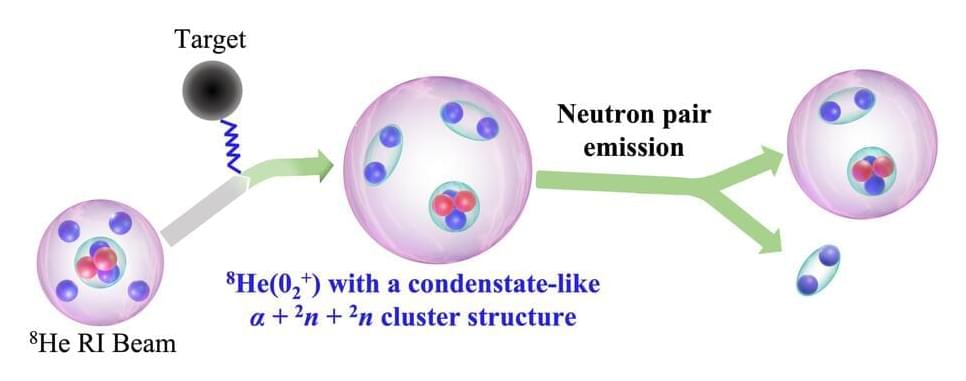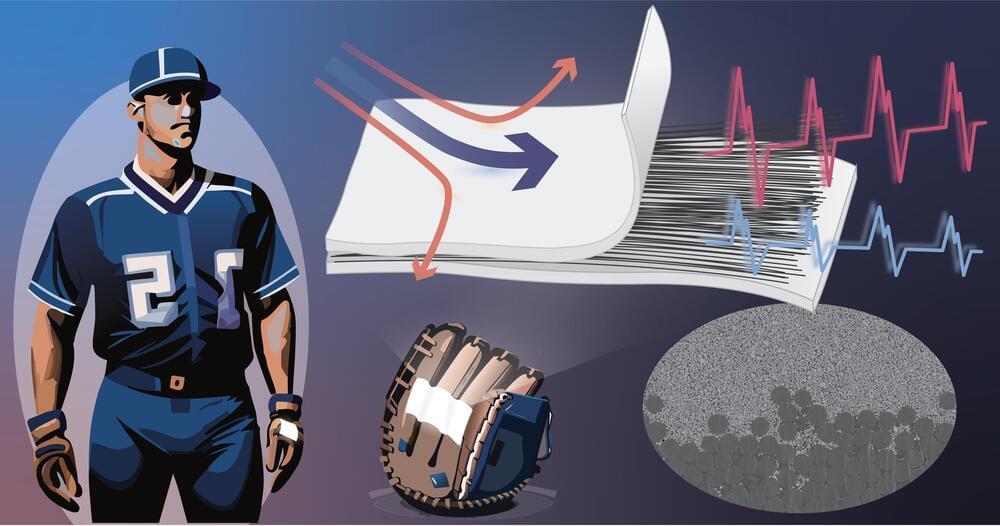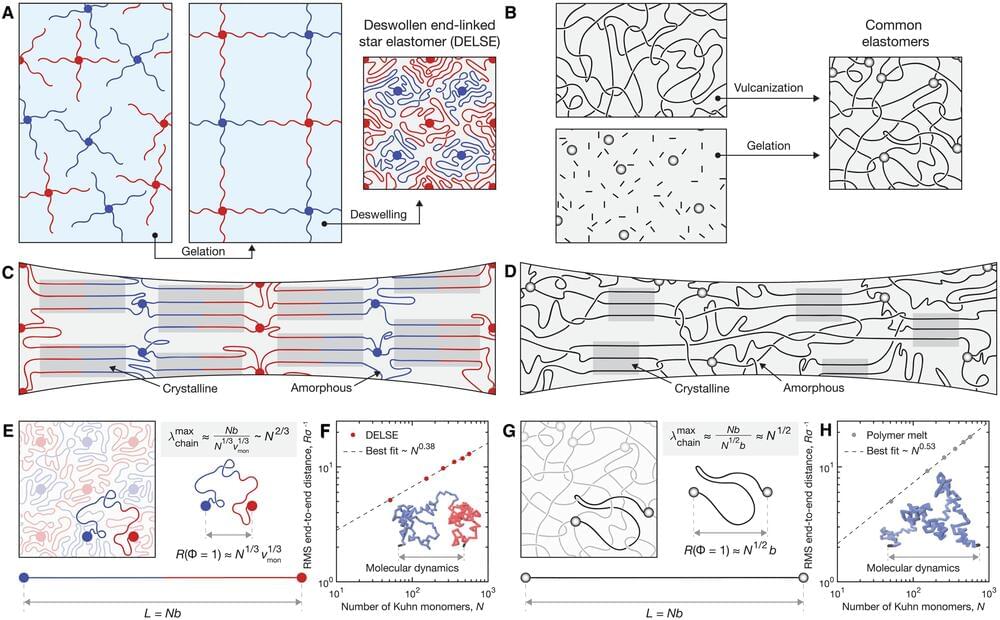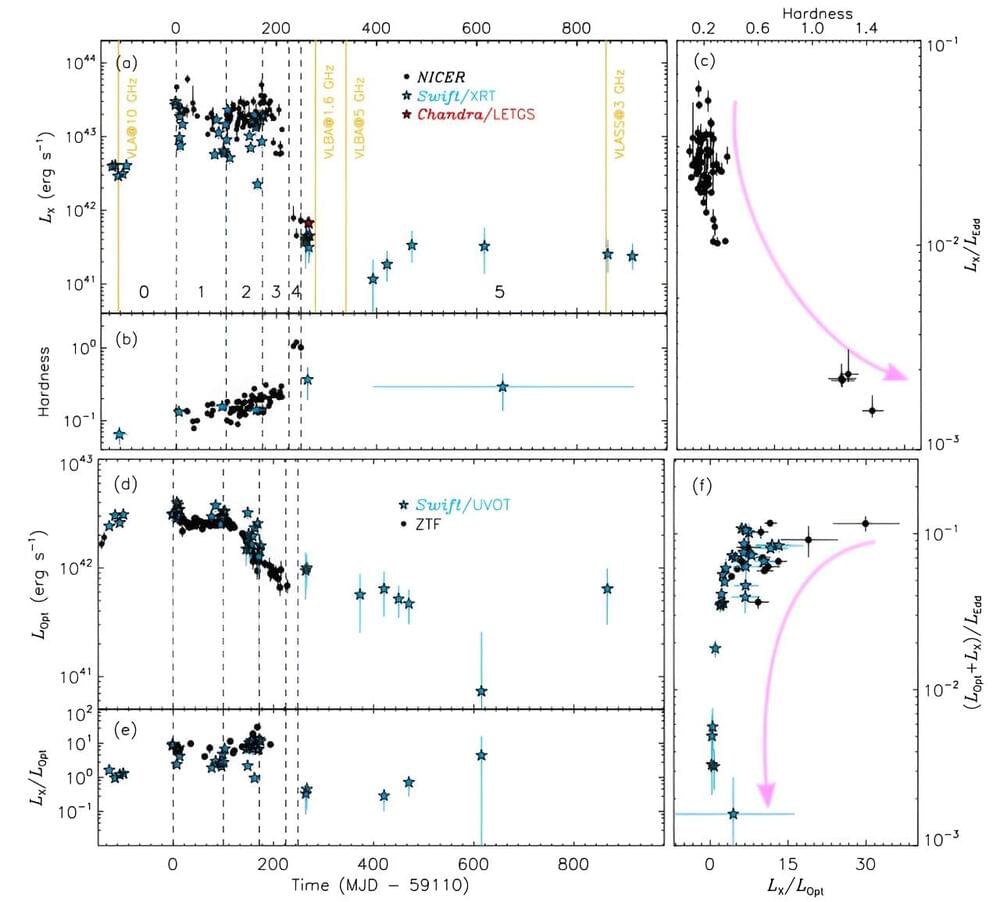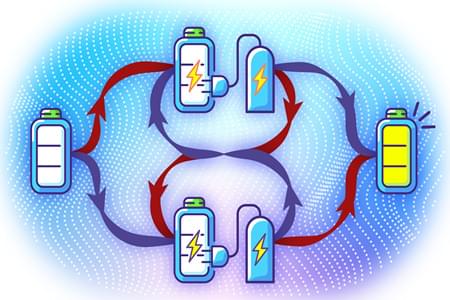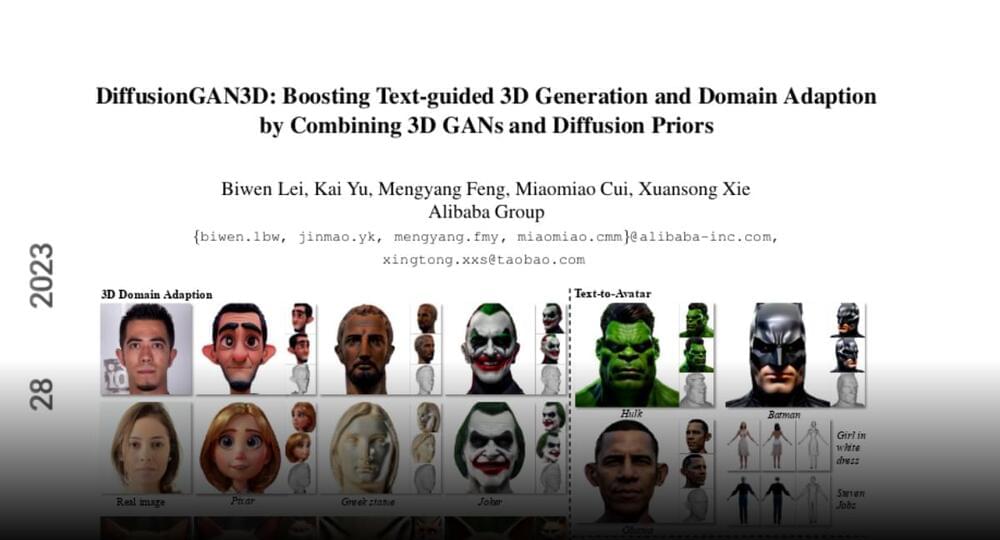Charging quantum batteries in indefinite causal order. In the classical world, if you tried to charge a battery using two chargers, you would have to do so in sequence, limiting the available options to just two possible orders. However, leveraging the novel quantum effect called ICO opens the possibility to charge quantum batteries in a distinctively unconventional way. Here, multiple chargers arranged in different orders can exist simultaneously, forming a quantum superposition. ©2023 Chen et al. CC-BY-ND
Batteries that exploit quantum phenomena to gain, distribute and store power promise to surpass the abilities and usefulness of conventional chemical batteries in certain low-power applications. For the first time, researchers including those from the University of Tokyo take advantage of an unintuitive quantum process that disregards the conventional notion of causality to improve the performance of so-called quantum batteries, bringing this future technology a little closer to reality.
When you hear the word “quantum,” the physics governing the subatomic world, developments in quantum computers tend to steal the headlines, but there are other upcoming quantum technologies worth paying attention to. One such item is the quantum battery which, though initially puzzling in name, holds unexplored potential for sustainable energy solutions and possible integration into future electric vehicles. Nevertheless, these new devices are poised to find use in various portable and low-power applications, especially when opportunities to recharge are scarce.

